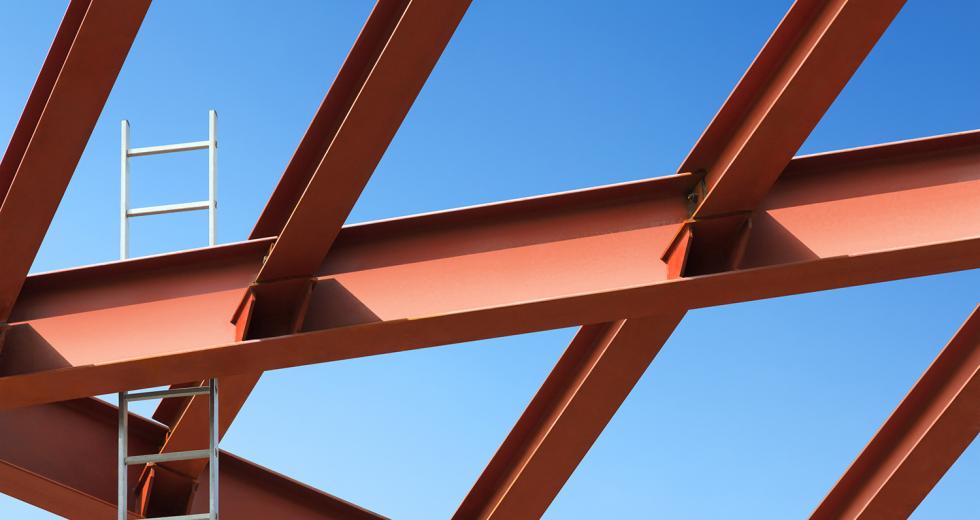Few people are aware of the emotional impact of the built world surrounding them; it’s experienced viscerally. Architecture knits communities together by drawing people out into city streets, influencing how they interact with each other and their surroundings. Buildings and spaces affect people’s perceptions of and connections with a city.
When I moved back to Sacramento in 2001, I looked forward to getting in on the ground floor in a rapidly growing city. That vision was tempered with a severe recession, but things are improving now and there are opportunities to get excited. Yet I’ve noticed a conservative and somewhat risk-averse pattern to our growth.
Some of this is simple economics, and some is due to the preservation of our stock of historic structures. But some of the resistance is due to a fear that change will impact the way things are. Unfortunately, some of the truly mediocre construction out there is the direct result of this resistance. We end up with development so beige that no one will complain, much less notice.
The practice of architecture is part technical and part artistry. As architects, we’re tasked with the health, safety and welfare of the public. But as artists, we’re challenged to provide something more imaginative. Architecture is a large part of what makes a city great, and Sacramento has opportunities for greatness that we cannot squander. From the mundane to the high-profile, we must take the projects we need and design them to be the projects we want.
The Crocker Art Museum sat quietly for decades until its recent expansion rejuvenated activity in a formerly subdued end of the central business district. The developers of the Bridge District in West Sacramento have got something going with their new gateway structure, The Barn. From the Entertainment and Sports Complex to the Sacramento Railyards and the Powerhouse Science Center, we are increasing our stable of architectural landmarks. Landmarks that bring the there here, and make it desirable to visit with some regularity.
If we can activate one space, our next step is to develop similar nodes throughout the city to encourage movement from one point to another. Along the Sacramento River near Robert T. Matsui park, the existing parks and scenic river views are underutilized. When our Powerhouse Science Center opens its doors, the public will be able to walk from the Crocker Art Museum to the site while enjoying a view of the river from the bike trail. The Barn is a perfect example of a destination that draws people from downtown across the river to experience West Sacramento.
The truth is, people make community, not buildings. But if spaces aren’t imbued with a real sense of place, the potential for community is limited. A strong identity is an important characteristic of a successful city. In a beige world, where nothing stands out, we lose our bearings. By linking points of contrast, residents and visitors alike can enjoy the journey architecture, and our city, provides.
Sick of missing out? Sign up for our weekly newsletter highlighting our most popular content!
Recommended For You
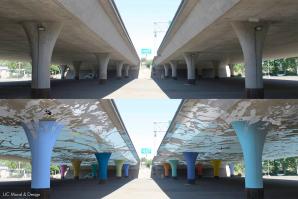
Art Elevated
Local muralists seek to set precedent for public art
Few of the thousands of shoppers at Sacramento’s Sunday farmers market at 8th and W streets ever look up at the gray concrete ceiling looming above them. But by next spring, it may be tough to look at anything else.
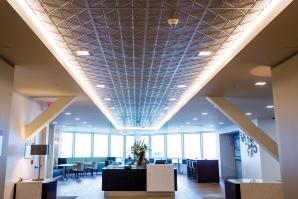
Wide-Open Spaces
Banish the cubicles and fake ferns—Creative workers want customizable, collaborative workspaces
The old-school office style emphasized privacy and individual productivity. But the new model prioritizes the ideals of the creative class — that fast-growing, highly educated, well-paid segment of the workforce that values creativity, collaboration and the ability to customize.
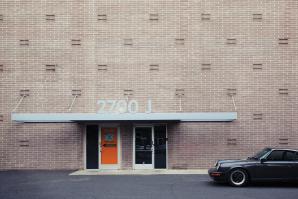
Modernist Marvels
On the Cover: Local buildings take an old-school approach to present-day challenges
Here we feature some of Sacramento’s most innovative, modernist buildings and the architectural solutions employed to achieve enduring and functional spaces.
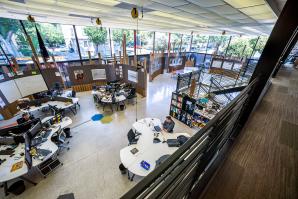
Creative Spacing
4 factors to consider
VSP wanted The Shop in Midtown to be flexible, buildable and breakable, a learning space and a prototype in itself (form following function). With that in mind, architects put wheels on the tables and on corrugated cardboard walls to make everything portable and adaptable.



